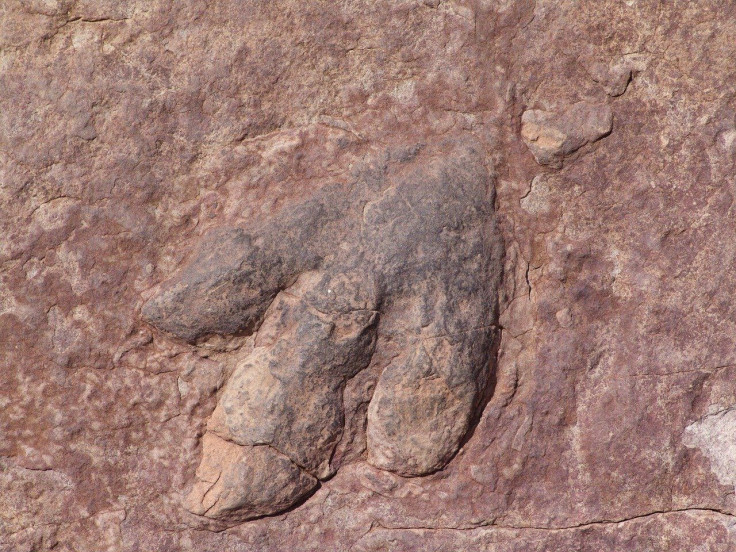New Giant, Long-Legged Penguin Species Discovered By New Zealand School Kids
KEY POINTS
- Young naturalists from New Zealand helped discover a new giant penguin species
- The giant penguin is named partly for its "unique" long legs
- It was from a time when "much" of Waikato in New Zealand was under water
A new species of a prehistoric giant penguin has been identified by a team of researchers. The fossils were actually discovered by a group of schoolchildren 15 years ago in New Zealand.
In 2006, a group of school children from the Hamilton Junior Naturalist Club (JUNATS), a decades-old club for 10 to 18-year-olds who are "interested in all aspects of natural history," were on a fossil-hunting field trip with fossil expert Chris Templer when they discovered something quite special, Massey University noted in a news release, adding that they actually found the fossilized bones of a giant penguin from millions of years ago.
The said fossils had been donated to the Waikato Museum by 2017, and a team of researchers from Massey University and Bruce Museum paid it a visit to analyze and 3D scan the bones. The researchers detailed their findings in their new study, published in the Journal of Vertebrate Paleontology on Thursday, in which they determined that the fossils are actually of a new species.
"The holotype skeleton, discovered in Kawhia Harbour, North Island, New Zealand, is one of the most complete skeletons of a giant penguin yet uncovered," the researchers wrote.
Out now, breaking research of a new species of ancient penguin🐧discovered by children from a natural history group in NZ😮
— Taylor&Francis News (@tandfnewsroom) September 16, 2021
Kairuku waewaeroa was a giant penguin with long legs, for fast swimming and deep diving, say @MasseyUni experts 👇https://t.co/9iPCv7j5uR@SVP_vertpaleo pic.twitter.com/MdpFRAWDGM
Moreover, the species is also "unique" because of its particularly long legs. In fact, the researchers incorporated the trait when it came to naming the species as “Kairuku waewaeroa.”
"The penguin is similar to the Kairuku giant penguins first described from Otago but has much longer legs, which the researchers used to name the penguin waewaeroa – Te reo Māori for 'long legs'," study co-author, Dr. Daniel Thomas of Massey University, said in the news release.
"These longer legs would have made the penguin much taller than other Kairuku while it was walking on land, perhaps around 1.4 meters tall, and may have influenced how fast it could swim or how deep it could dive."
The fossil is about 27.3 to 34.6 million years old, Thomas explained, noting that this was a time when "much" of Waikato was actually under water.
According to the researchers, the discovery "contributes yet another penguin species to an Oligocene avifauna for Zealandia that is replete with giant birds."
"It's sort of surreal to know that a discovery we made as kids so many years ago is contributing to academia today. And it's a new species, even!" Steffan Safey, who was there during both the discovery and rescue missions, said in the news release.
"The existence of giant penguins in New Zealand is scarcely known, so it's really great to know that the community is continuing to study and learn more about them. Clearly the day spent cutting it out of the sandstone was well spent!"
The President of JUNATS, Mike Safey, also noted how it was a "rare privilege" for the children in the club to have had the chance to discover and rescue the fossil.
"We always encourage young people to explore and enjoy the great outdoors," he said as per the university news release. "There's plenty of cool stuff out there just waiting to be discovered."

© Copyright IBTimes 2024. All rights reserved.






















